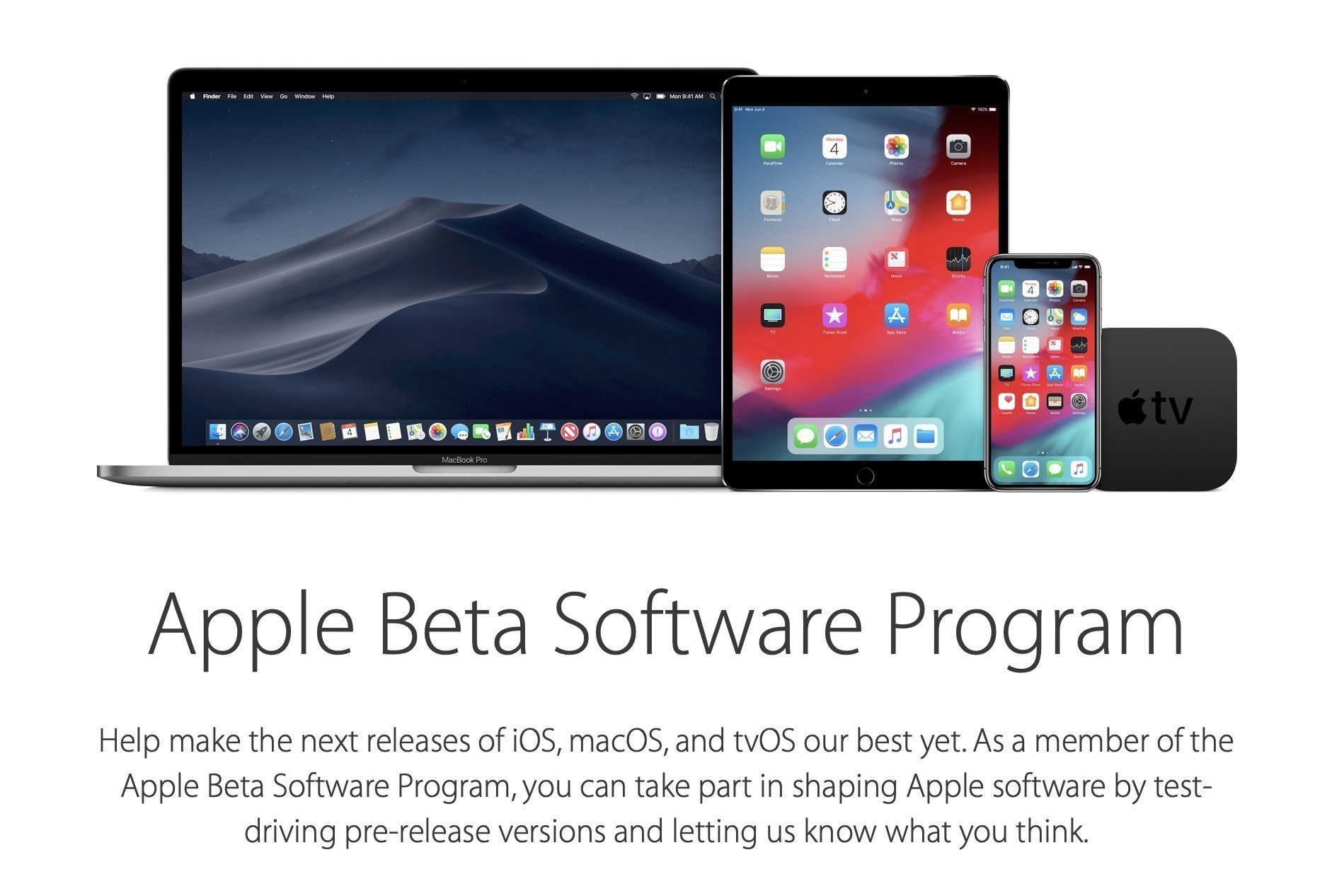How Often Does Apple Release Software Updates For Mac

 More about Apple • • • • The 2018 release of macOS Server is Apple's latest in a long line of server-based operating system software used to implement critical network-based services and to manage Apple devices in the enterprise, both client and mobile computers, as well as iOS-based devices such as iPhones and iPads. The server component enables these services to run on supported Mac hardware with an installation of macOS Mojave—which also serves as Apple's latest desktop client OS—as the underlying system that is the foundation for macOS Server to run on. Requirements • Mac computer with macOS Mojave installed • 2 GB of RAM • 10 GB of available storage space (additional features require added disk space) • Apple ID (optional, but it's required for some features to function properly) • Broadband internet access (optional, but it's required for some features to function properly) • Switched network • Apple Program Services Enrollment (optional, but it's required for some features to function properly).
More about Apple • • • • The 2018 release of macOS Server is Apple's latest in a long line of server-based operating system software used to implement critical network-based services and to manage Apple devices in the enterprise, both client and mobile computers, as well as iOS-based devices such as iPhones and iPads. The server component enables these services to run on supported Mac hardware with an installation of macOS Mojave—which also serves as Apple's latest desktop client OS—as the underlying system that is the foundation for macOS Server to run on. Requirements • Mac computer with macOS Mojave installed • 2 GB of RAM • 10 GB of available storage space (additional features require added disk space) • Apple ID (optional, but it's required for some features to function properly) • Broadband internet access (optional, but it's required for some features to function properly) • Switched network • Apple Program Services Enrollment (optional, but it's required for some features to function properly).
Instead, your Mac automatically looks for software updates, whether they’re for macOS or your Mac App Store apps, on a weekly basis. If you’re interested in changing how often your Mac checks for software updates, you’ve come to the right place.
Apple Iphone 6
Additional resources • (Apple) • (CNET) What are the key features in macOS Server? As with each new release of macOS, Apple included new and updated features and applications, augmenting and complimenting the existing ones that users have come to enjoy.
Apple Event
With macOS Server 2018, Apple has dropped support for many of the server features the company has provided in the past; we'll dive into those details in the next section. These are the key services that are supported in macOS Server 2018.
Open Directory: It's the directory service that allows for centralized management of Mac computers on the network, alongside managing access to resources for user accounts and security groups. Open Directory (OD) is based on the Lightweight Directory Access Protocol standard to create a directory domain and provides the mechanism for authentication services in a client-server model. Profile Manager: Profile Manager (PM) has evolved into a full-fledged Mobile Device Management (MDM) server, capable of supporting hundreds of mobile and non-mobile devices while managing systems from setup and configuration to application installation and securing devices using configuration policies.